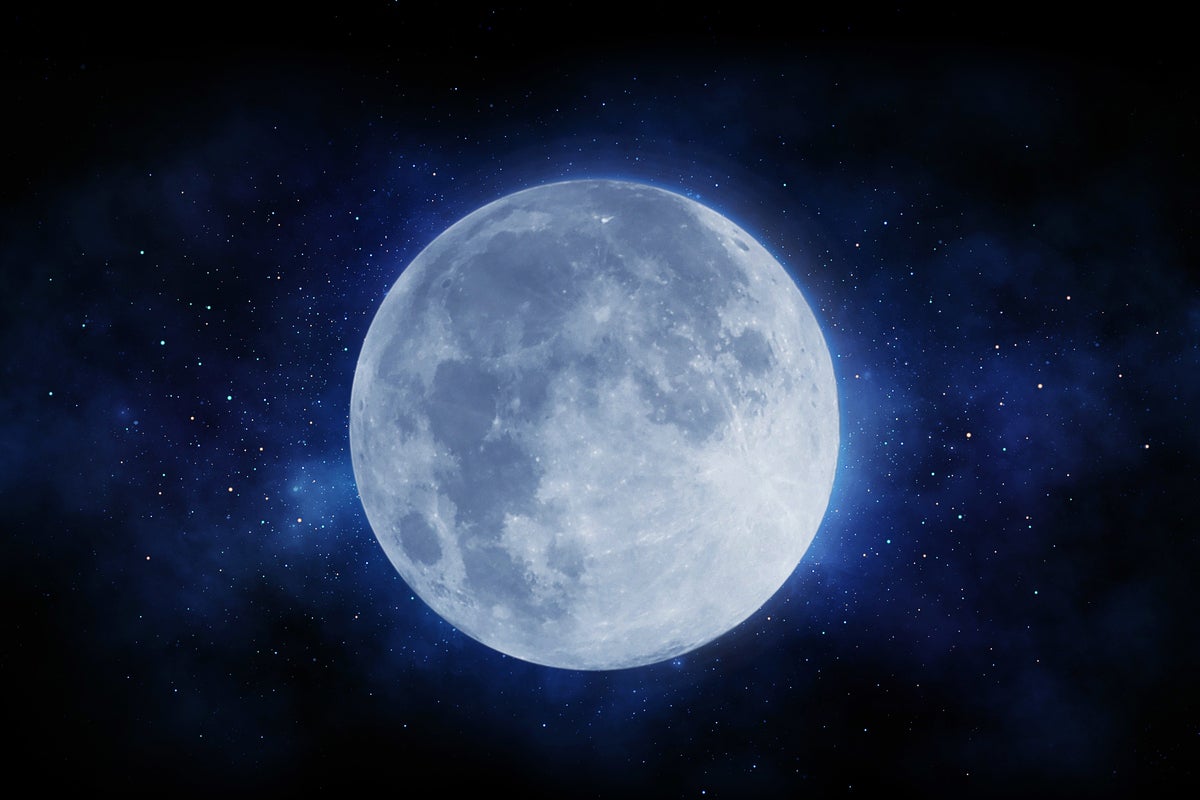- I recommend the Pixel 9 to most people looking to upgrade - especially while it's $250 off
- Google's viral research assistant just got its own app - here's how it can help you
- Sony will give you a free 55-inch 4K TV right now - but this is the last day to qualify
- I've used virtually every Linux distro, but this one has a fresh perspective
- The 7 gadgets I never travel without (and why they make such a big difference)
LoRa takes a trip to the moon and back, chirping all the way

LoRa is living up to its name, literally.
A shortened version of “long range” (ironic!), LoRa is a wide-area wireless modulation technique that encodes information on radio waves. LoRa, which has been around since 2015, is derived from Chirp Spread Spectrum (CSS) technology and uses chirp pulses to transmit small bits of data. It also uses very little power. The proprietary technology is owned by semiconductor supplier Semtech Corp
LoRa’s value is in transmitting data for sensors and other connected devices that require little power to operate. Not only can LoRa withstand disturbances, it can transmit data at longer ranges than better known wireless technologies such as Wi-Fi and Bluetooth. So long, in fact, that demonstrations of LoRa’s transmission capabilities now must extend into near space.
Which leads us to news that a team of European scientists in October bounced a LoRa message off the moon, something that had never been done. It’s also the furthest distance (730,360 km) a LoRa message has traveled. And it was the first time an off-the-shelf, small radio-frequency chip was used to bounce a data message.
So many firsts! No wonder, then, that LoRa co-inventor Nicolas Sornin could not contain his excitement. “This is a fantastic experiment,” Sornin said. “I had never dreamed that one day a LoRa message would travel all the way to the moon and back. I am impressed by the quality of the data captured.”
Thomas Telkamp, CTO of Lacuna Space, a global connectivity provider for the Internet of Things, was beyond excited. “Seeing the message coming back from the Moon was exhilarating,” he said. “From the round-trip time we were able to calculate the distance to the moon, matching very well the predicted values of NASA’s JPL Horizons ephemeris system. We even used the echo to see the shape of the moon, which we didn’t imagine we could.”
An in-depth overview of the entire experiment and results is scheduled to be presented at The Things Conference in Amsterdam from Jan. 27-28, 2022.
The experiment, which used the Dwingeloo radio telescope in the Netherlands, certainly proves that sending and receiving low-powered messages to the lunar surface is possible, which likely will be relevant at some point, if not at the moment. (The message the team sent was “PI9CAM”, which is the call signal of the telescope.) For now, though, it is a muscle-flexing demonstration that showcases why LoRa is being adopted by major industries such as agriculture, utilities, industry and transportation/supply chain.
LoRa and the IoT
Among the IoT devices that LoRa is powering today are:
- Sensors that monitor cattle body temperature, disease and location
- Building security monitors and elevator motors
- Asset tracking and fleet management devices
- Parking meters and streetlights
- Municipal trash bins
- Utility transformer temperature monitors
- Water and gas pipeline pressure and flow monitoring
That’s just a small sample of the types of use cases for LoRa here on Earth. You can read more about how LoRa and the LoRaWAN networking protocol are enabling low-powered IoT devices across vast distances at the website of the LoRa Alliance. And if you really want to drill down, the alliance also has a page listing specific devices that are LoRa certified.
Copyright © 2021 IDG Communications, Inc.

